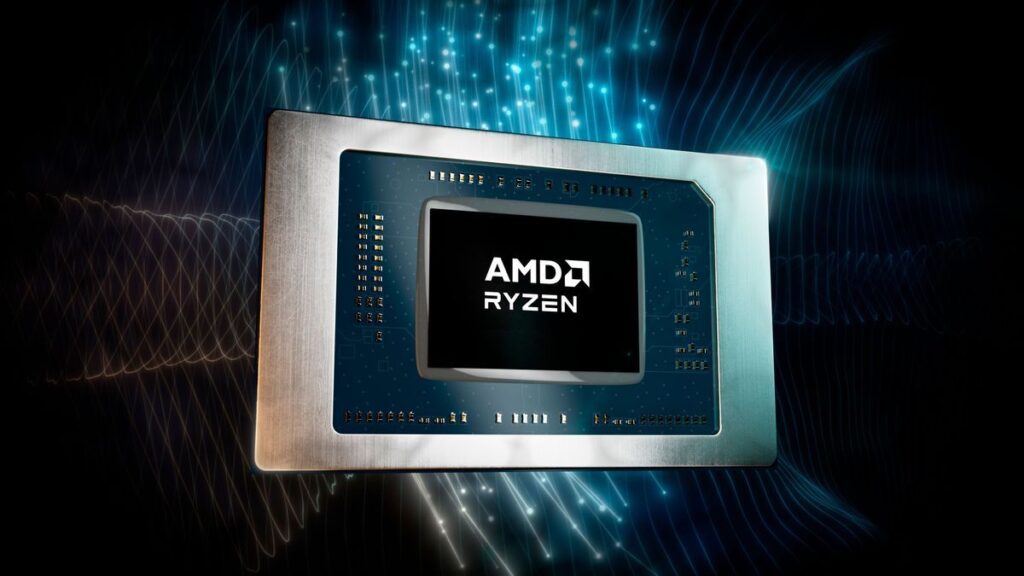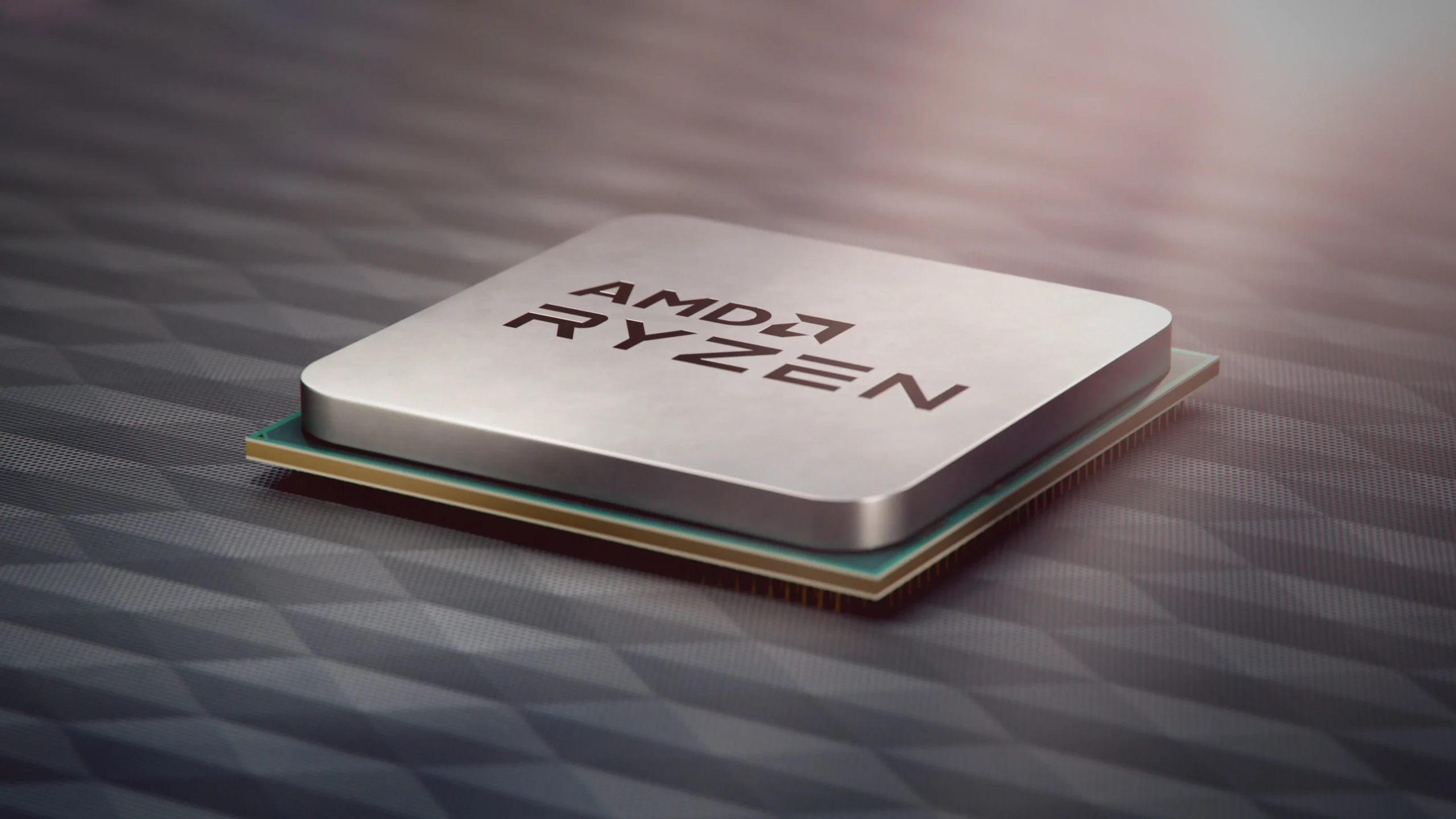
AMD is setting a new course by unifying its datacenter and consumer graphics architectures under what it’s calling “New DNA,” a strategic initiative aimed at merging its CDNA and RDNA frameworks into a single, cohesive architecture. This move is designed to enhance AMD’s appeal to developers and bridge the gap between its consumer and enterprise graphics solutions. AMD’s senior vice president, Jack Huynh, emphasized that this consolidation will simplify development by eliminating the need to navigate between different architectures, which has been a barrier for developers working across AMD’s GPU platforms.
Huynh explained that the unification effort is not merely a rebranding but a significant architectural shift intended to foster greater developer engagement. By focusing on mainstream products rather than flagship models, AMD hopes to attract a broader range of software developers, much like Steve Ballmer’s historic push for developer support. The new architecture, dubbed “New DNA” or UDNA, aims to streamline development processes and optimize performance across both consumer and enterprise GPUs. However, Huynh acknowledged that achieving this vision will take time and requires meticulous planning to avoid resetting optimization gains with each new iteration.
The integration of AI capabilities is also a key component of AMD’s strategy. Current consumer GPUs from AMD lack the robust AI support seen in Nvidia’s offerings, such as CUDA and DLSS. By enhancing its architecture, AMD intends to position itself more competitively against Nvidia, particularly in areas like AI art generation. While specific timelines for these advancements remain unclear, AMD is expected to provide more detailed updates in the coming weeks.




